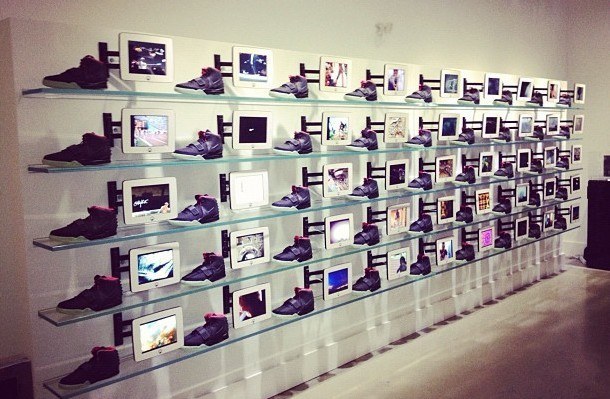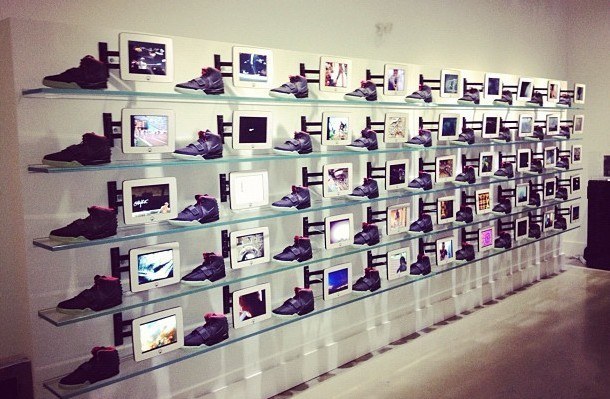
Report: Newer iPads Being Used For Digital Signage Can Double As iBeacons With No New Tech
December 7, 2013 by Dave Haynes

There’s a very interesting piece in TechCrunch about Apple’s iBeacons and in-store digital that’s well worth a read. It goes into the long view Apple had for using Bluetooth LE in iPads and it means a pile of 3rd Gen and newer iPads already being used in retail as digital signage and POS can also be geo-fenced messaging transmitters.
The post has a lengthy interview with one of the companies that’s in the business of building tablet enclosures for retail environments:
This means that every compatible iPad currently deployed in a retail store is already capable of being configured as an iBeacon transmitter — and every iOS device with Bluetooth LE can be a receiver. And the iPad is already enormously dominant in the retail space. We spoke to Scott Paul, CEO of ArmorActive — a tablet enclosure solutions company — about their deployments of iPads and other tablets as digital signage, kiosks, information panels and more.
Some 90% of ArmorActive’s sales involve iPads, 88% of its customers are using iOS, 10% use Android, and only 2% are on Windows devices. The company has been installing iPad solutions since late 2010, when the iPad was launched. They handled the installation of iPads in Kate Spade stores that made a splash earlier this year. To date, they’ve deployed nearly 50,000 tablet kiosks in hotels, restaurants, retail and other locations. Paul says that they have seen demand for Android tablets wax and wane as ‘hot’ models like the Nexus 7 have hit the market.
“Apple continues to be tablet of choice for the majority of kiosk use that we build at ArmorActive,” Paul told TechCrunch. “Android is there, but we find that even though the price can be more competitive, the [fragmented] versioning of the OS and change in size makes it difficult to rely on the device for long-term deployments. Microsoft has been gaining traction with the larger enterprise clients because of IT being familiar with the OS.”
Microsoft, a surprise recent dark horse in the retail tablet install market, has gained a lot of attention in the space because clients are familiar with integrating them into their infrastructure, says Paul. Remote management of these Windows tablets is also far more flexible and powerful than Apple’s iPad solutions. Apple does iterate on its remote utilities over time, but it’s far outstripped by the administration capabilities of Windows-based tablets. If, Paul says, there was a stronger app development community, Microsoft would be seeing even greater traction.
We asked Paul about the implications for the retail tablet install business if currently installed iPads can be used as iBeacons. While he was aware of the iBeacon system, and Apple’s rollout today, he was surprised to learn that existing hardware could also be used as an iBeacon.
“This would present a major advantage to Apple, as many businesses have already implemented these devices into some part of their business, so iBeacons could essential be turned on all over the business landscape with just a little education and awareness,” Paul told us. “This would further the value of using tablets in retail, as they can be both display and transmit messages to those who have display in their pocket. Apple would widen the gap between themselves and other tablet manufactures, because now their existing hardware plays nicely with your iPhone or iPad and would require such close proximity to make a handshake. NFC has failed to provide this value as evident in the ISYS hardware rollouts that see little adoption.”
Paul notes that the Kate Spade installation — which consists of simple digital signage displays — could be made into something much more powerful if they were turned into iBeacons. And, of course, ArmorActive is just one of many, many companies providing iPad solutions for stores. Another high-profile install is at LeBron James’ Unknwn (pic above) in Miami, where every shoe has its own iPad display.



Leave a comment